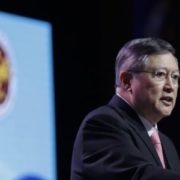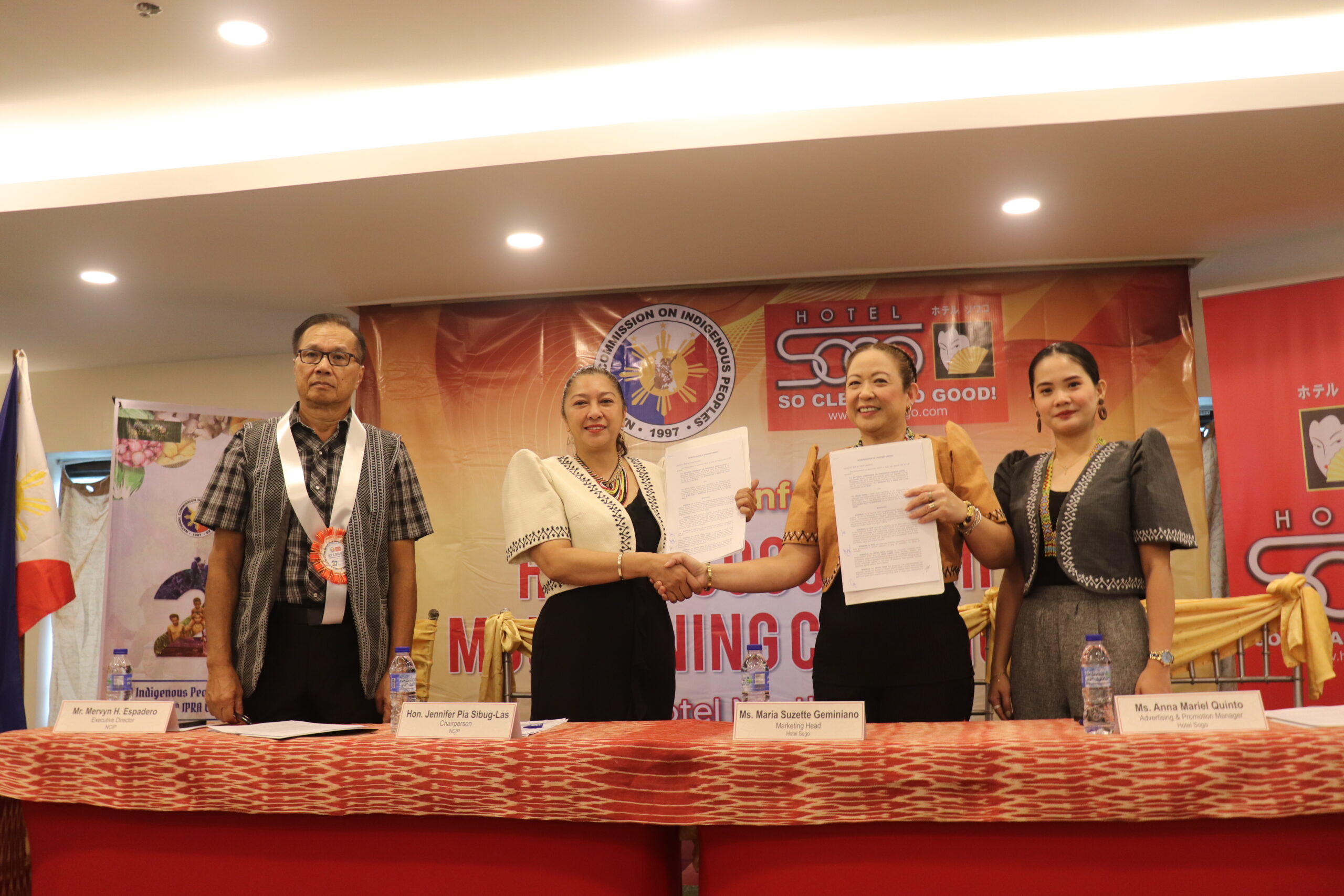
Pasay City — Finance Secretary Carlos Dominguez III remains optimistic that full-year economic expansion could hit the lower band of the official growth forecast of 6-7 percent as the domestic economy grew 6.2 percent in 2019’s third quarter, buoyed by the government’s bold catch-up spending plan and stronger domestic consumption driven by cooling inflation.
“The government has managed to hit its spending targets in the latter part of the July-September period, cancelling out the residual effects of the nearly five-month delay in the 2019 GAA (General Appropriations Act) that spilled over into the second quarter, and keeping the Philippines among the world’s fastest economies amid the current global economic slump,” Dominguez said.
“Further acceleration of state spending on infrastructure and human capital development served as a fiscal stimulus to the economy,” he said. “This factor combined with decelerating headline inflation and its subsequent stronger consumer spending in sustaining the growth momentum in the July-September period despite the general international uncertainty induced in large part by the US-China trade friction.”
Dominguez issued this statement on Thursday as the Philippine Statistics Authority (PSA) reported a gross domestic product (GDP) growth of 6.2 percent from 5.6 percent in the year’s first quarter and a slightly slower 5.5 percent in the second quarter.
The PSA said the biggest contributors to the third quarter GDP growth was the Services sector with 4.1 percentage points, followed by Industry with 1.9 percentage points. Agriculture contributed 0.2 percentage points to the growth in the third quarter.
Services recorded the fastest expansion at 6.9 percent in the third quarter, while Industry grew by 5.6 percent, and Agriculture by 3.1 percent, the PSA said.
The Finance Secretary said Department of Budget and Management (DBM) data showed that the catch-up spending plan implemented by the state economic managers upon the instruction of President Duterte began to hit its stride as national government disbursements rose sharply in September by 39 percent—the fastest rate thus far for 2019—to P415 billion from P298.6 billion last year, or an increase of P116.5 billion.
September’s disbursement spurt was driven by a surge in Capital Outlays (CO), particularly in Infrastructure/Other CO spending, which totaled P100.3 billion, equivalent to P35.1 billion or 53.9 percent higher than last year’s level of P65.2 billion.
“This sharp increase in state spending, particularly on infrastructure development, showed that the Duterte administration has managed to break through the spillover effects of the delayed passage of the 2019 GAA plus the ban on infrastructure works during the summer elections, both of which induced a lag in economic growth in this year’s first semester,” Dominguez said.
He recalled that the 2019 budget delay had forced the government to hold off on the implementation of new and ongoing projects as it underspent by roughly P1 billion per day during the first quarter and part of the second quarter, prompting the President’s economic team to eventually draw up a bold catch-up spending plan for the second semester.
Although it accounts for only 20 percent of GDP, state spending is crucial to growth, he said, because of its multiplier effects in stimulating the economy and creating jobs.
Dominguez foresees an even better pickup in growth momentum in the year’s last quarter and into 2020, as the government meets its catch-up spending program before the yearend.
He expects a further surge in state spending this quarter and in the year ahead in light of these two positive developments in the Congress: (1) the likely passage of the 2020 GAA before the two chambers take their traditional yearend recess, and (2) the impending passage of a joint congressional measure extending by a year the validity of the 2019 budget, which was implemented only after President Duterte signed the GAA last April.
“What the Philippines has shown is its strength, stability and resilience in the face of adverse conditions such as the global economic slump and the local budget delay,” he said.
For Dominguez, the Duterte administration will work on keeping the momentum of one of the world’s fastest-growing economies by pursuing its three-fold growth strategy.
This strategy comprises a sustained focus on (1) macroeconomic strength via fiscal discipline and stable monetary policy, (2) accelerated spending on infrastructure and human capital development in step with President Duterte’s goal of improving Filipino lives, and (3) further game-changing initiatives such as the remaining packages of the Comprehensive Tax Reform Program (CTRP) to sharpen the country’s competitiveness, attract investments and ensure recurrent revenues to fund the government’s priority programs on inclusive growth.
While Dominguez believes full-year Philippine economic expansion could hit at least 6 percent, the International Monetary Fund (IMF) projects an average 2019 growth of just 5.0 percent for the entire Asia and a lower 4.6 percent for Southeast Asian economies.
—
Stay updated with news and information from the Department of Finance by visiting their website at https://www.dof.gov.ph.




